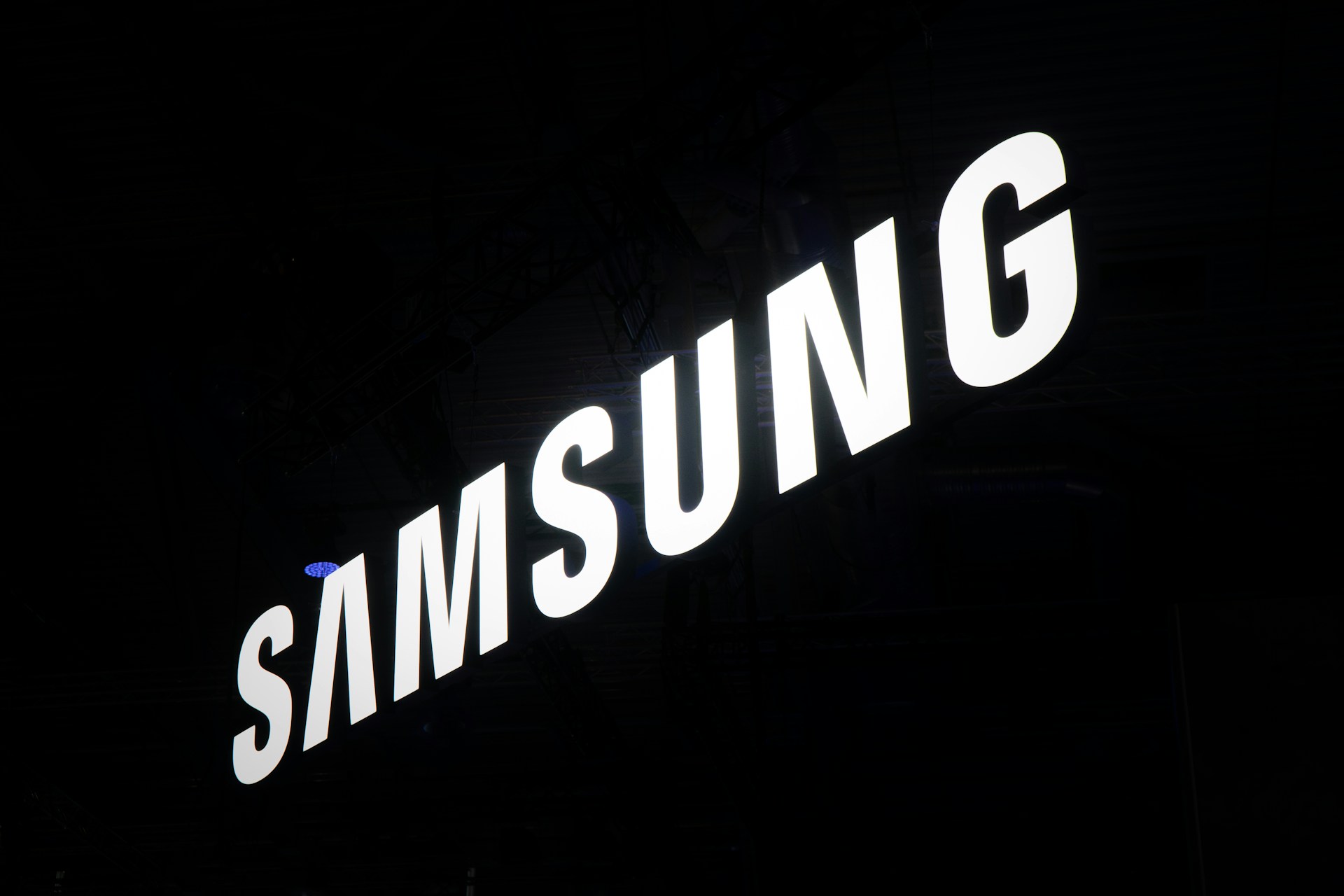EU Launches Transparent Battery Cycle Database
For the first time, a European Union database has made publicly available information about the expected battery lifespan of smartphones—measured in charge cycles—revealing significant differences between manufacturers. This initiative is part of a broader effort to improve transparency and sustainability across the tech industry.
According to data analyzed by Android Authority, most major smartphone makers, including Apple, Google, and Motorola, report that their batteries can withstand between 1,000 and 1,400 full charge cycles before degrading to 80% of their original capacity.
Samsung Surprises with 2,000 Charge Cycles
What stands out in the data is Samsung’s bold claim: the company lists up to 2,000 charge cycles for several of its newer models, including the upcoming Galaxy S25 Ultra and Galaxy Tab S10 Ultra. That’s roughly double what most competitors offer—and it positions Samsung as an industry leader in battery longevity.
These figures are based on disclosures in the EU’s energy labeling database (EPREL), a regulatory platform aimed at giving consumers better insight into the durability and energy performance of electronic devices.
How Other Brands Compare
Here’s a quick breakdown of charge cycle counts for popular models based on the EU database:
-
Apple iPhone 15: 1,000 cycles
-
Google Pixel 8a: 1,000 cycles
-
Motorola, Nothing, Sony: typically 1,200–1,400 cycles
-
Samsung Galaxy S25 Ultra / Galaxy Tab S10 Ultra: 2,000 cycles
This stark contrast raises questions about the underlying technology or testing methods that enable Samsung to claim such high durability.
Missing Context Raises Questions
While the new database improves transparency, there are limitations. The EU requires manufacturers to test devices under a standardized set of use scenarios—including calling, web browsing, video streaming, gaming, and data transfer—until battery capacity drops below 80%.
However, the specific conditions under which these cycles are tested remain unclear. Important factors like fast charging, partial charges, or high-temperature environments may not be consistently accounted for across brands. Additionally, these battery cycle numbers do not come with any formal warranty obligations.
Are Samsung’s Claims Too Good to Be True?
Given that Samsung’s numbers are dramatically higher than others, some online users—particularly on platforms like Reddit—have questioned whether the company might be optimizing or even “gaming” the testing conditions to produce more favorable results.
Interestingly, Apple seems to take the opposite approach. The company has claimed that its devices might have received worse labels than they deserve due to vague wording in the EU’s testing protocols.
The EU does attempt to prevent misleading information: according to its guidelines, the actual charge cycle count cannot fall short of the stated number by more than 20 cycles. Still, the lack of third-party verification means consumers are largely dependent on manufacturer-provided data.
What Battery Life Means for Consumers
Battery longevity is a key factor in a device’s overall lifespan. A smartphone that supports more charge cycles can potentially last years longer before performance drops significantly, reducing the need for early replacements and contributing to sustainability.
For consumers looking to make informed choices, paying attention to battery cycle data is now more important than ever. Samsung’s confidence in offering double the lifespan of competitors could be a game-changer—if real-world use backs it up.
A Step Toward Greater Industry Transparency
While the new EU regulations don’t eliminate all uncertainty, they mark a significant step toward holding manufacturers accountable and empowering consumers with data that was once kept behind closed doors. As battery performance becomes a bigger selling point, the pressure is now on tech companies to deliver not just powerful, but also longer-lasting devices.
 Telefónica Slims Down Latin American Footprint with Hiberus Deal
Telefónica Slims Down Latin American Footprint with Hiberus Deal  Resilience in Large-Cap Growth and Structured Credit
Resilience in Large-Cap Growth and Structured Credit  Taqa Enters Spanish Market with $1.2 Billion Acquisition of GS Inima
Taqa Enters Spanish Market with $1.2 Billion Acquisition of GS Inima  Rheinmetall Stock Holds Steady Amid Moderate DAX Movement
Rheinmetall Stock Holds Steady Amid Moderate DAX Movement  Which Smartphone Batteries Last the Longest? New EU Data Highlights Big Differences—Especially for Samsung
Which Smartphone Batteries Last the Longest? New EU Data Highlights Big Differences—Especially for Samsung  U.S. Stock Markets Edge Higher Ahead of Fed Interest Rate Decision
U.S. Stock Markets Edge Higher Ahead of Fed Interest Rate Decision  Cambium Networks: Delivering Wireless Solutions for a Connected World
Cambium Networks: Delivering Wireless Solutions for a Connected World  DAX Closes Strong Above 24,000 as Markets Shake Off Trade Worries
DAX Closes Strong Above 24,000 as Markets Shake Off Trade Worries  89bio: Advancing Liver and Cardiometabolic Treatments in the Biotech Space
89bio: Advancing Liver and Cardiometabolic Treatments in the Biotech Space 